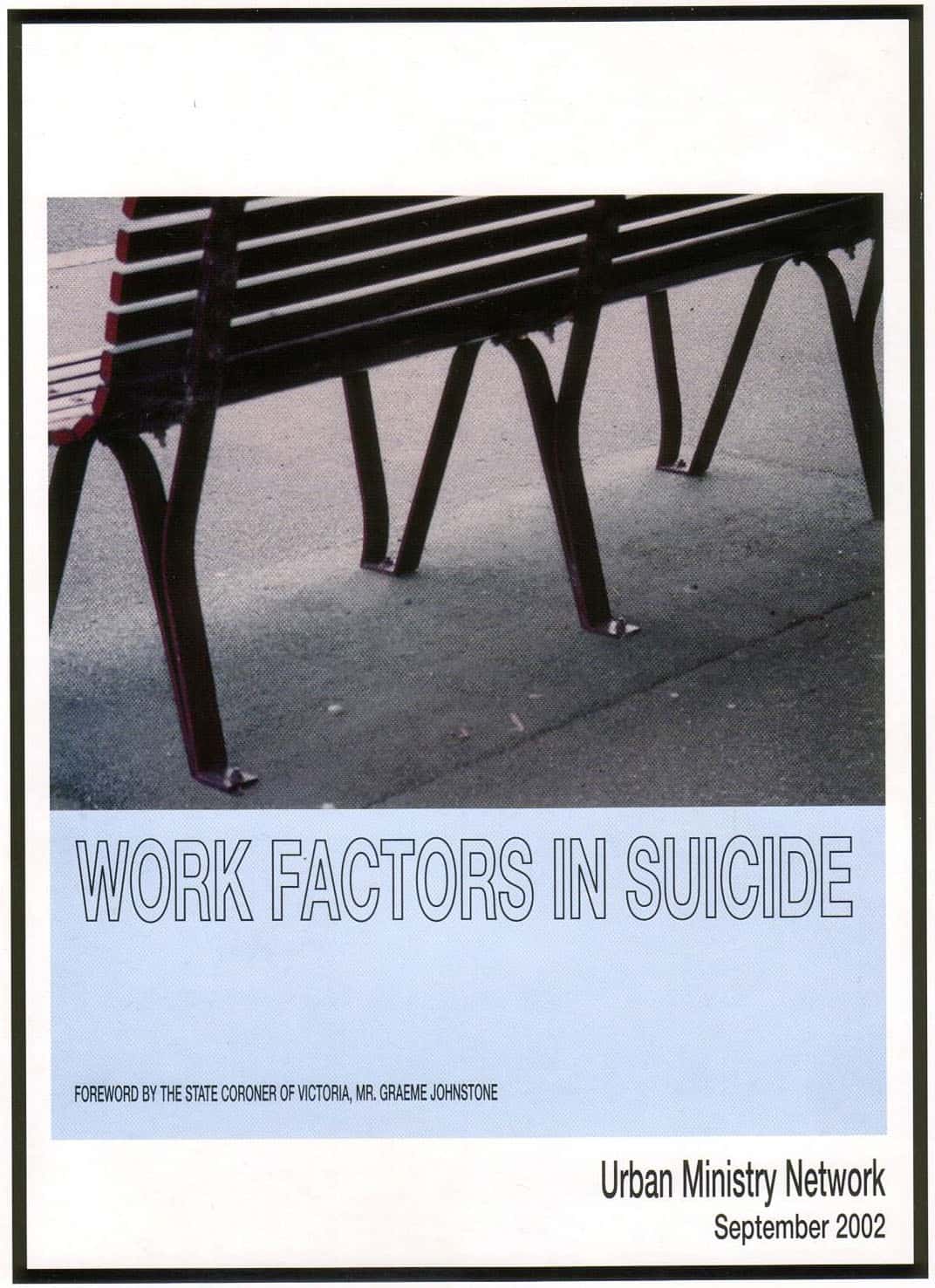Associated Press has reported on an initiative by a US postal worker to have a kilt as an option for his work uniform. According to media reports, Dean Peterson has lobbied his union colleagues to push for the clothing option because
“Unbifurcated Garments are far more comfortable and suitable to male anatomy than trousers or shorts because they don’t confine the legs or cramp the male genitals the way that trousers or shorts do.”
This is not the first time that kilts have been seriously proposed as workwear. Workplace kilts are already on sale and I remember an Australian building worker wearing one some years ago. Utilikilts is probably the best known supplier of this garb.
Whether I would wear one after over 40 years of long trousers I am not sure but with increasing hazards of working outdoors in summer, I think the kilt should be seriously considered. However I would be interested in hearing of any reasons to not permit this option on the workplace safety grounds.


